RED has published a white paper focusing on its codec, which is the REDCODE RAW. Although this document is not new, it’s pretty updated and contains interesting insights regarding the evolution of this compressed codec implemented in RED cameras, from the RED One to DSMC2 toward DSMC3.
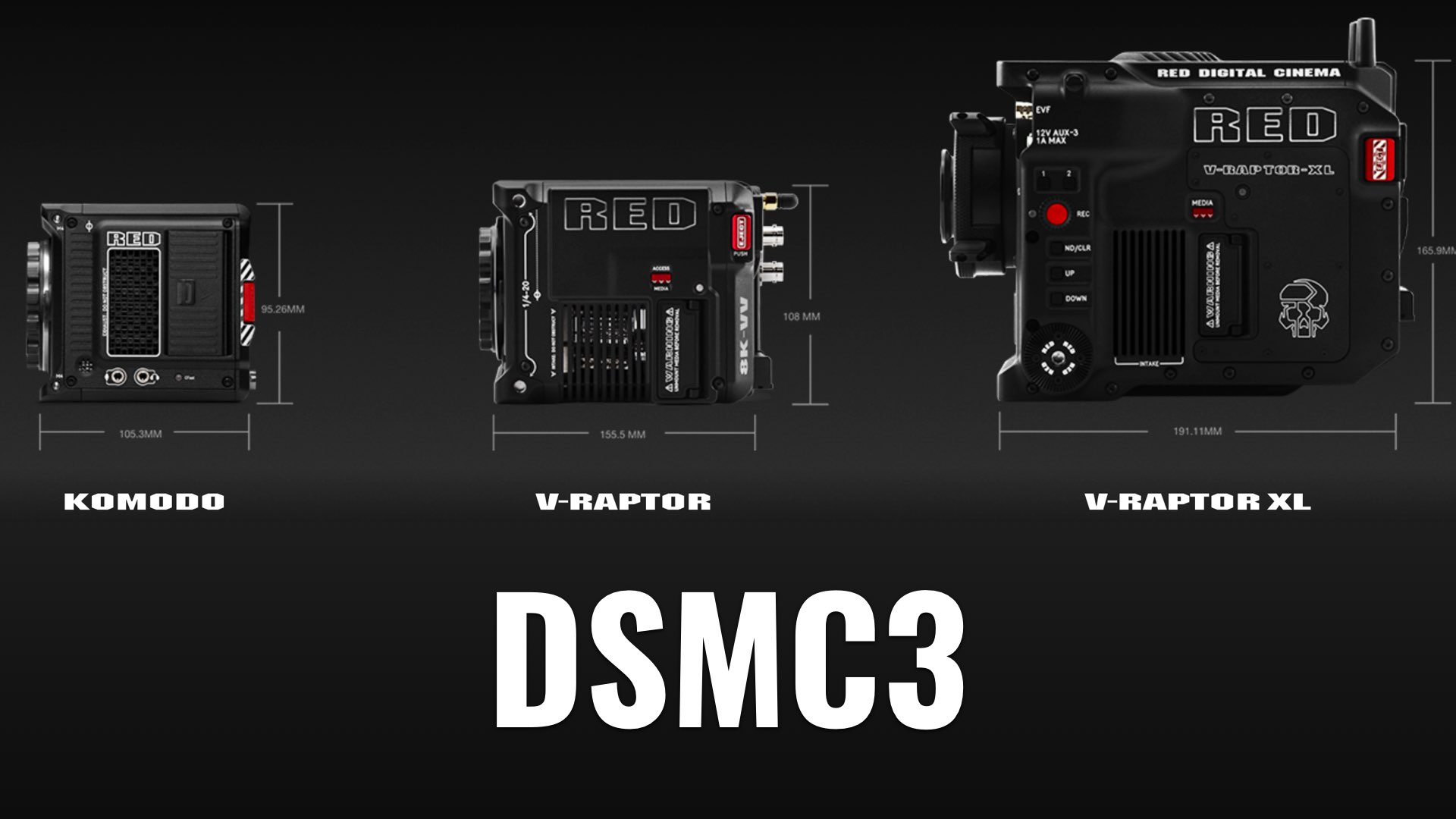
REDCODE RAW (r3d)
According to the REDCODE RAW white paper, this codec is not tied to any particular image data compression technology. RED states that the evolution of REDCODE RAW has paralleled the evolution of sensor and camera technology. As each new RED sensor has improved in areas of colorimetry, resolution, and dynamic range. Furthermore, RED claims that the codec is being improved and adapted to meet these qualities. Read the White Paper below:
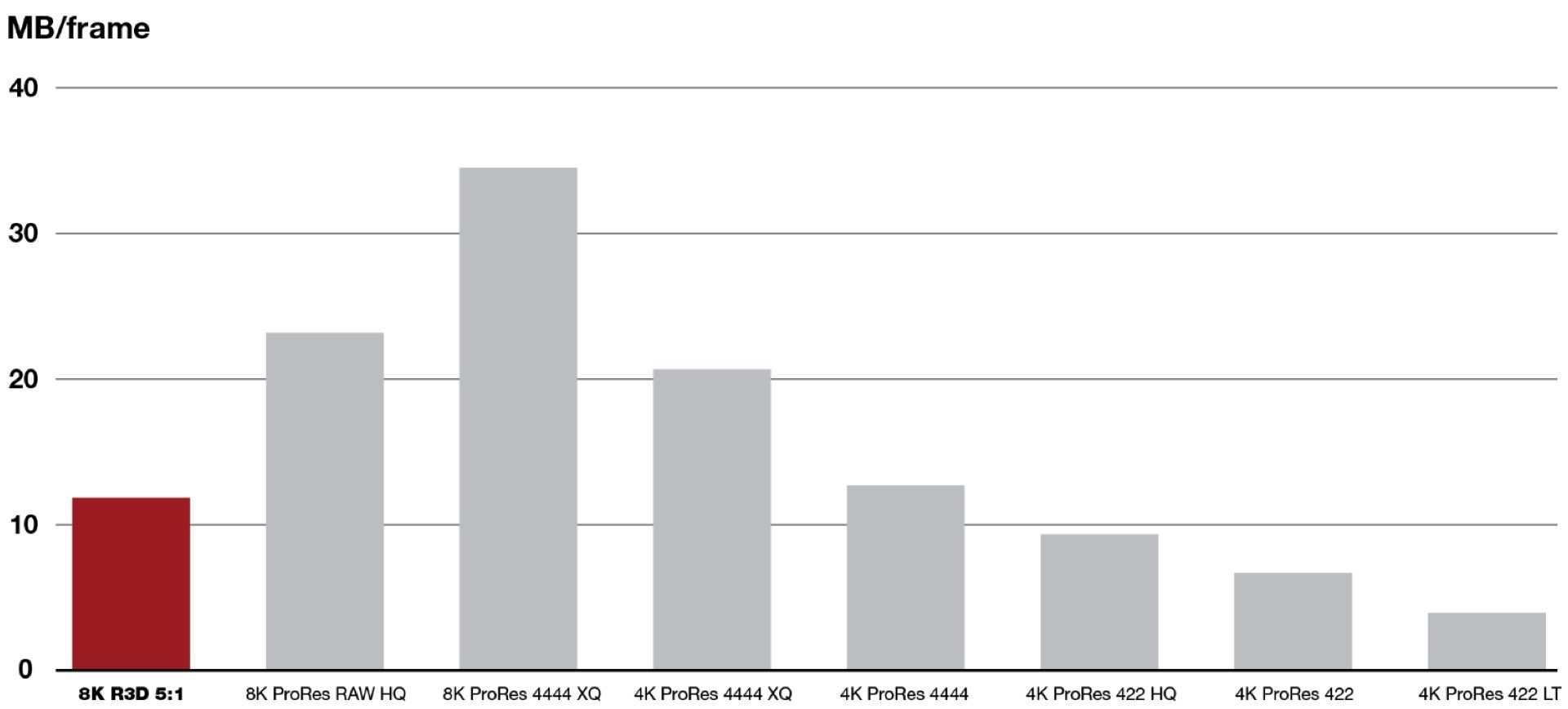
Introduction
As RED’s proprietary file format, REDCODE RAW (R3D) efficiently encodes image data in a way that maximizes the post-production flexibility of RAW files while keeping file sizes manageable. When the RED ONE camera launched in 2007, REDCODE RAW was the key advancement that made digital 4K video capture a practical reality. Today, with RED cameras capable of capturing 8K resolution, REDCODE is even more relevant in managing the massive amounts of information contained in ultra-detailed imagery.
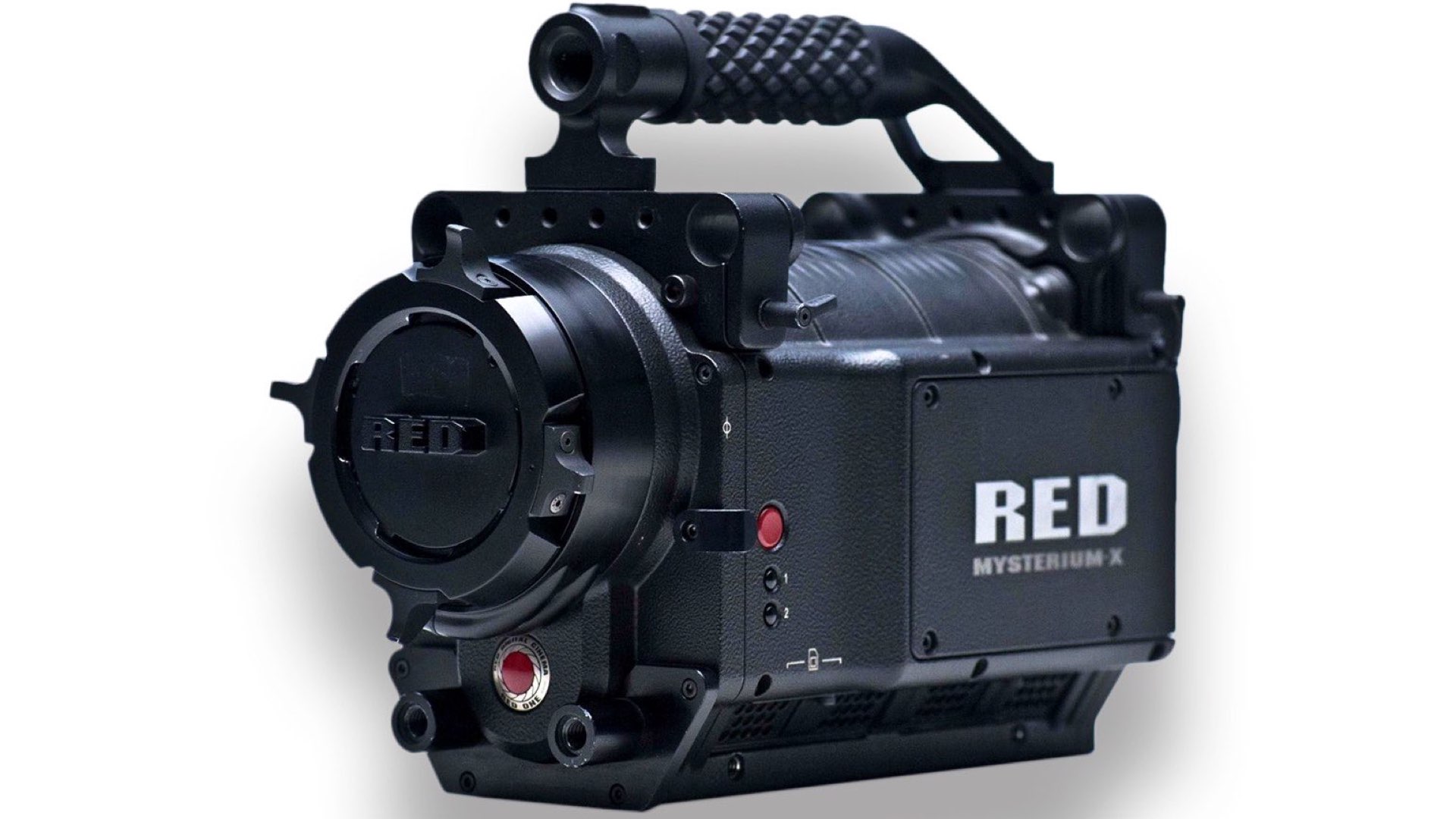
How REDCODE RAW works
Attempting to directly compress the RAW image data from the sensor would be inefficient and lead to larger than necessary file sizes. REDCODE RAW manipulates the RAW image data in a fully reversible process to make it more amenable to image compression. It’s this manipulation that gives REDCODE RAW high-quality images at small file sizes while retaining all the flexibility and power of working directly with uncompressed RAW image data. The process of REDCODE compression takes the Bayer pattern CFA (color filter array) raw image data and separates the raw image data into four channels – one each for red, the two greens, and blue in a Bayer quad. Once the raw image data is in this form, the pre-emphasis function ensures the following compression places the correct weight toward preserving the visibly important details across the entire dynamic range. Next, the 4 channels are de-correlated before being sent to an image data compression engine.
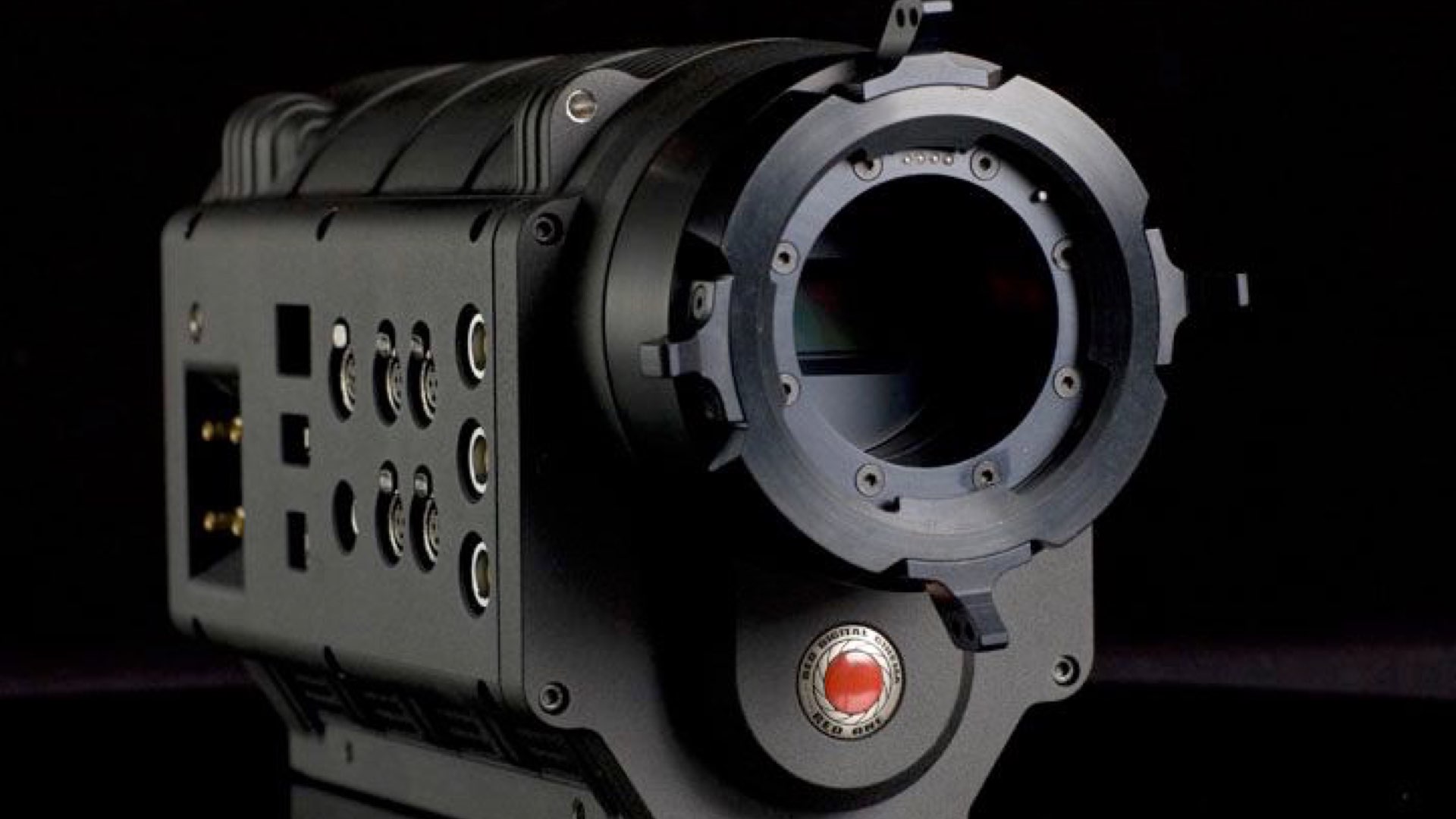
Benefits of REDCODE RAW
The benefits of REDCODE RAW are the benefits of uncompressed RAW image data without the drawbacks of large file sizes and high data rates. Most image processing that takes RAW image data to a viewable image will result in a loss of information or precision. The matrix transforms to make colors correct for the display will remove or compress non- displayable colors, and tonal processing often removes dynamic range. Doing white balance on RAW data can be highly effective in producing plausible highlight extensions in clipped regions, but once the image has been color corrected these algorithms do not work. By always retaining reference back to the individual pixel values on a color filter array (CFA) sensor, improved demosaic and other pixel-level algorithms can be applied to further improve the visual image. Extensive metadata support in the REDCODE RAW format means even the first images shot on the RED ONE can have updated image processing applied, just as if they had been shot on the latest RED camera.
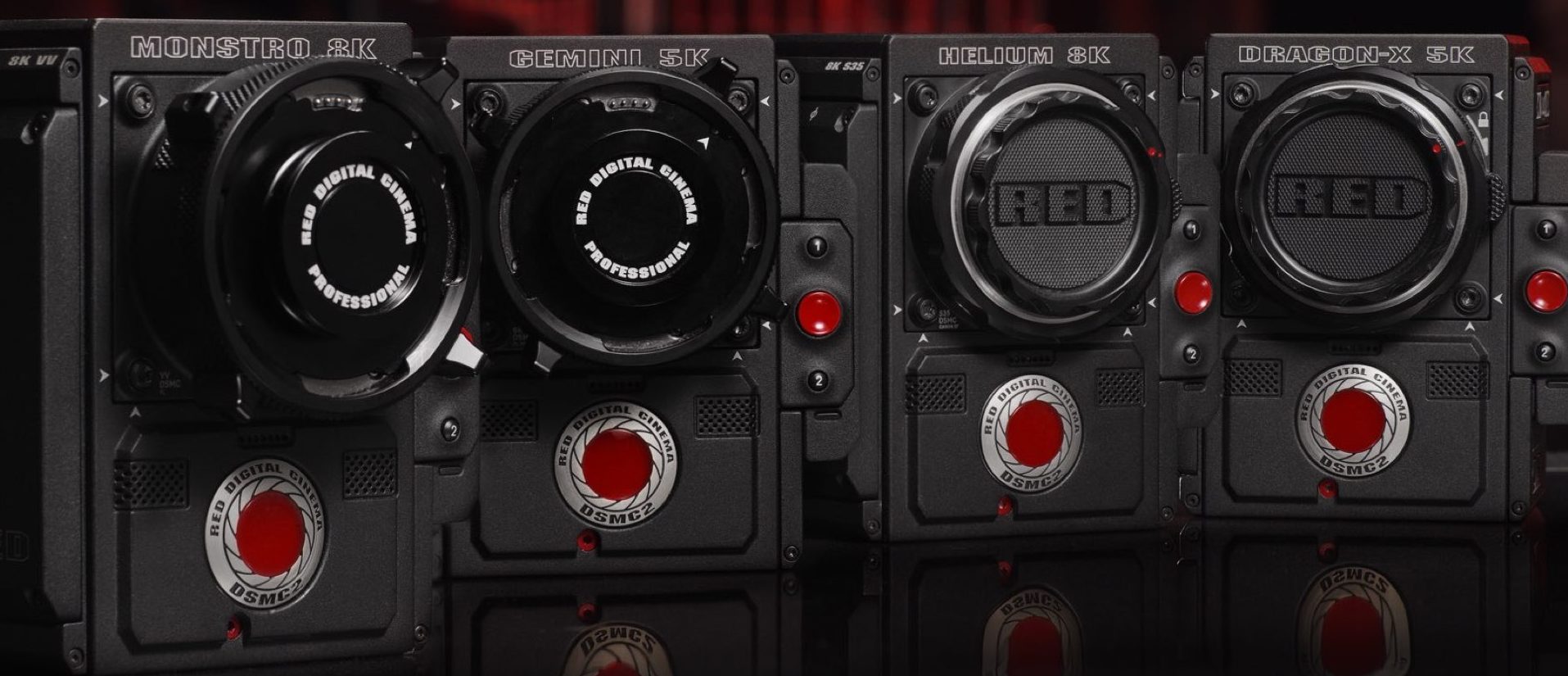
Image Fidelity
Image quality is a key part of the RED camera philosophy. REDCODE RAW preserves the essential image details from the camera sensor – resolution and dynamic range. Many commonly used image processing operations like white balance can be applied more accurately and with greater finesse on RAW image data. Always basing a desired color space output on the original RAW data allows for the most accurate conversion and best handling of out of gamut colors which cannot be achieved if an intermediate image color space is used.
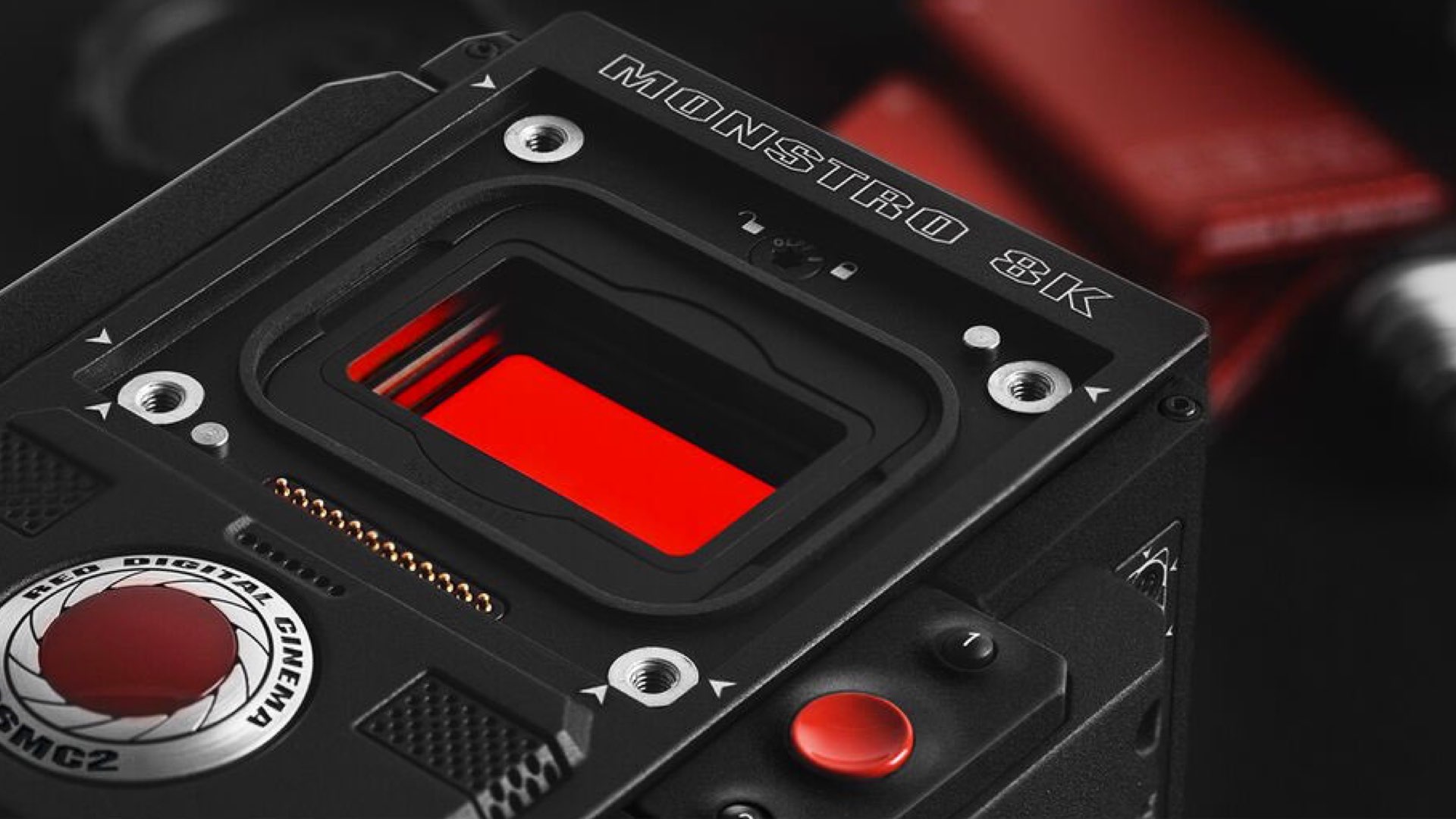
Non-destructive editing
REDCODE RAW’s extensive 3rd party support via the RED R3D SDK and in REDCINE-X Pro gives you the ability to edit the RAW development process non-destructively and is fully supported by all the major post-production software packages such as Adobe, Apple, Avid, Resolve, etc. Non-destructive editing means altering the decoded metadata via writing to a metadata sidecar file (.RMD) allowing you to set white balance and all color processing directly from the RAW image data. At all times, the original R3D RAW image data and metadata are preserved. R3D Trim allows you to make a still frame or shortened clip from an R3D without loss – it is an exact copy of the original R3D file data including all the metadata too.
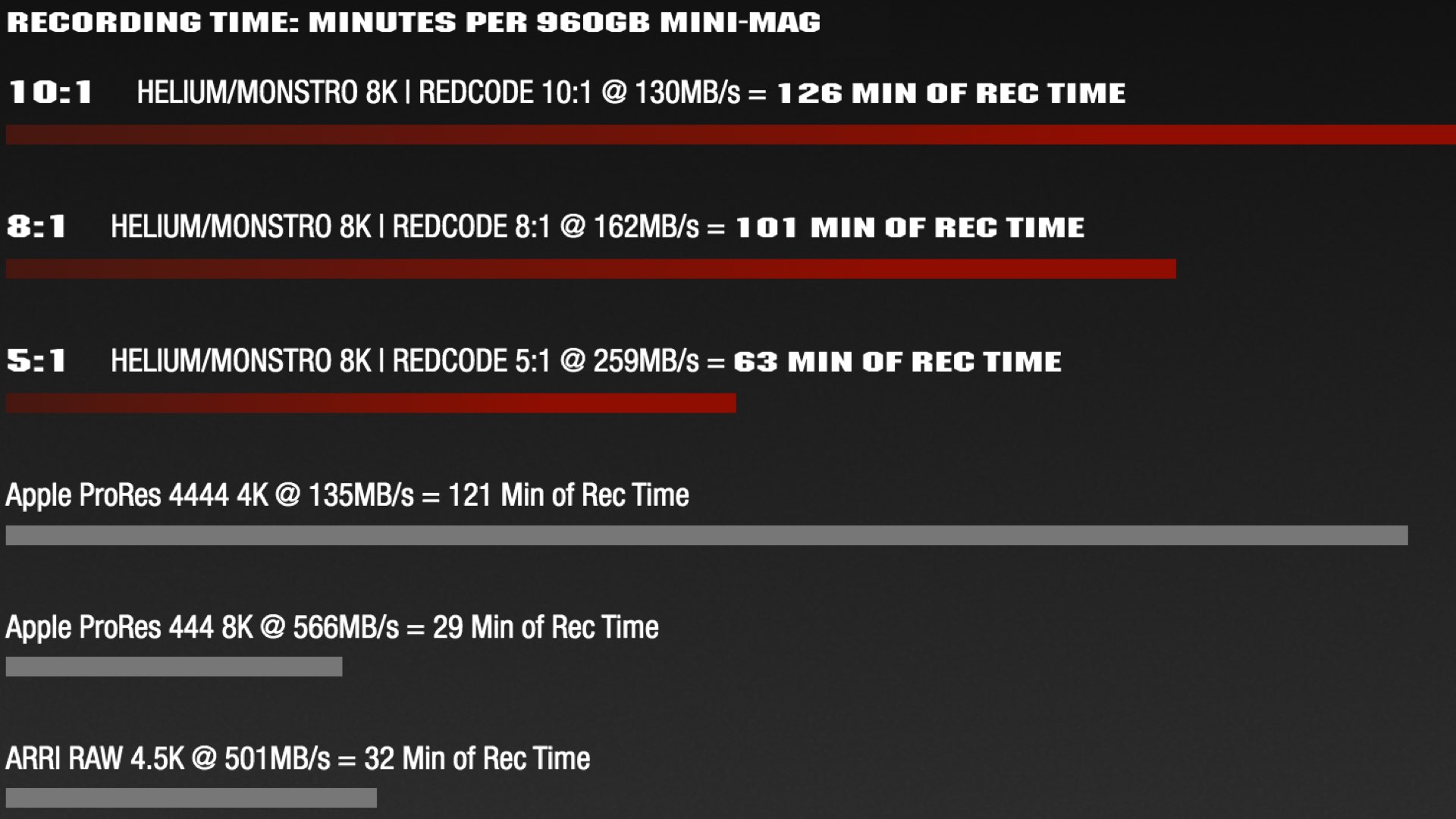
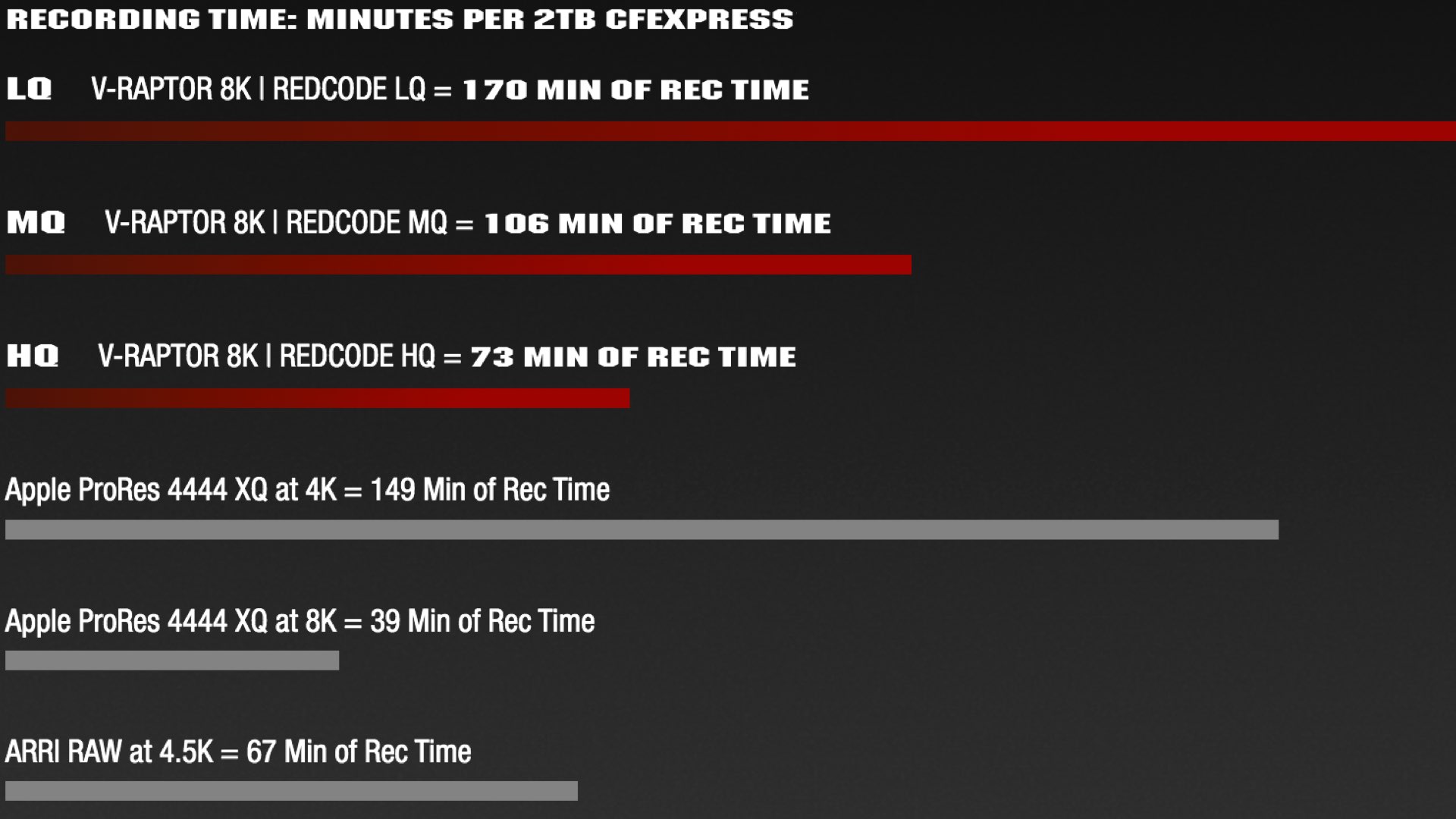
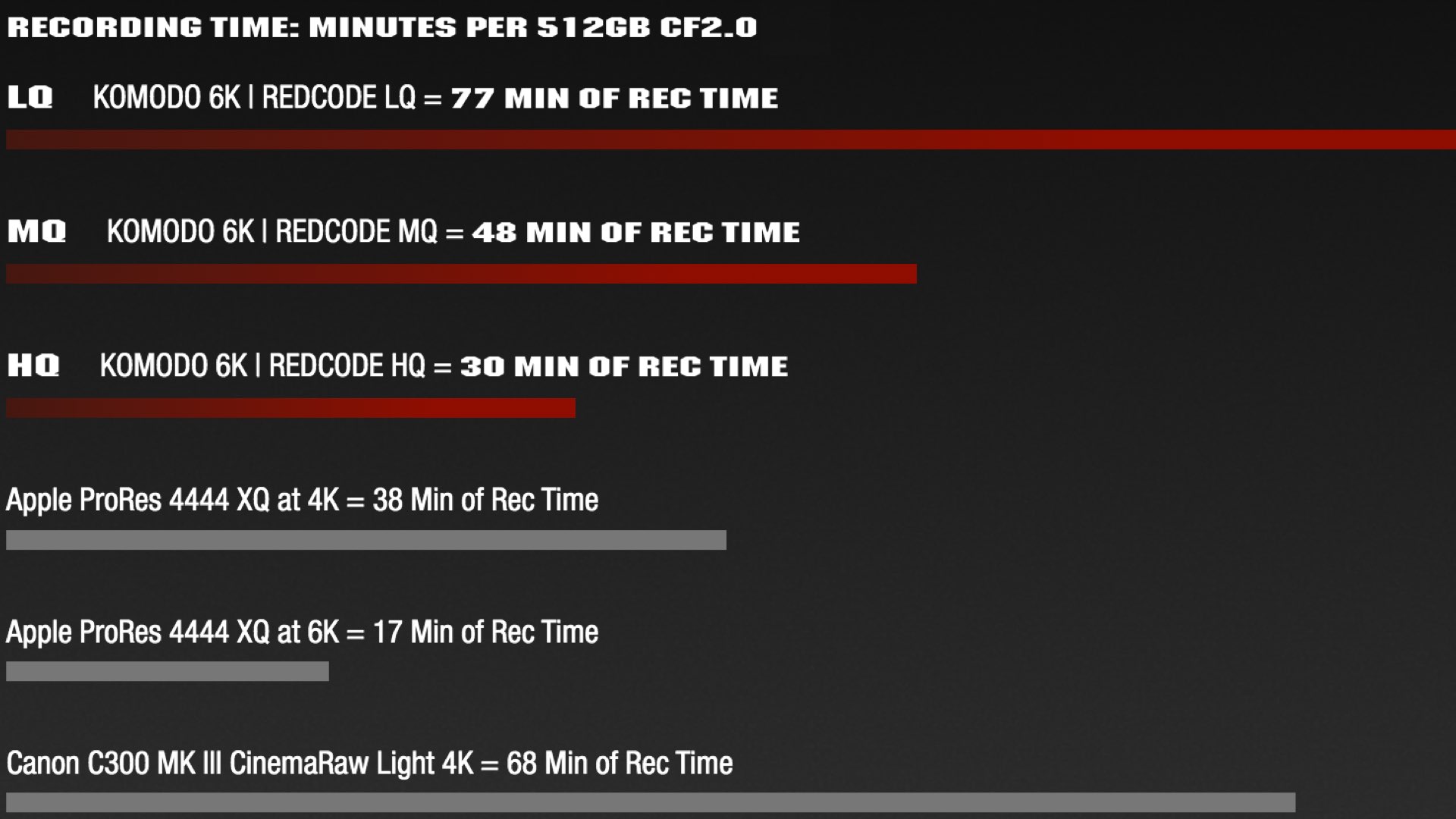
Post-production flexibility
Throughout post-production, the various consumers of the image require the image in different formats. REDCODE RAW facilitates this through rapid decode of the image at different resolutions, and the reference back to the linear raw data enables accurate conversion to linear float formats like EXR for VFX or ACES workflows, log encodings for grading, and fully finished images for preview or editorial.
Data rates
As well as providing greater image flexibility than ProRes recording, 8K resolution R3D at 5:1 offers a data rate somewhere between ProRes 4444 and 422HQ at 4k. 8K ProRes 4444 XQ takes nearly 3 times the data that an 8K R3D at 5:1 takes (check out the slides above).
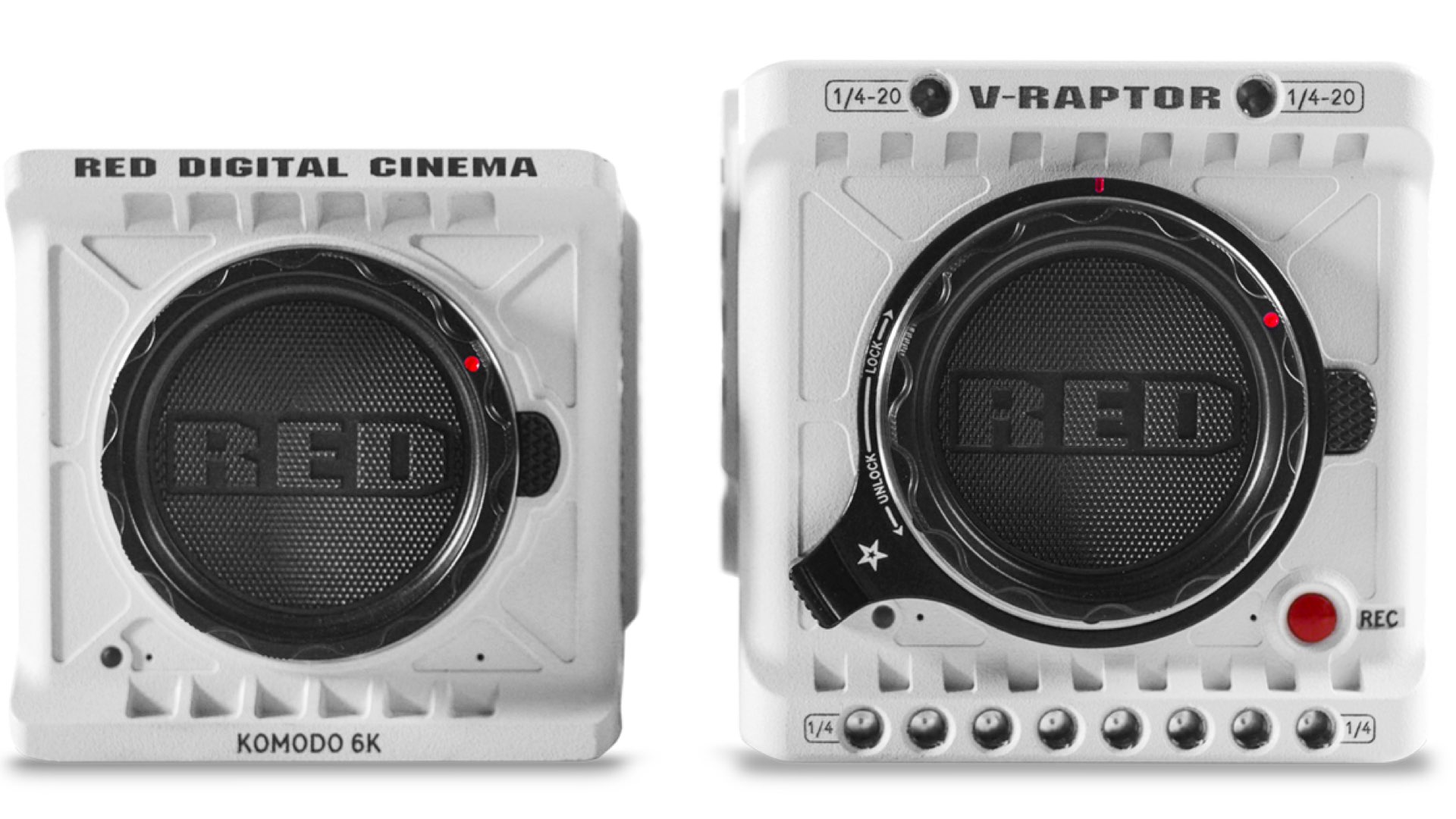
Evolution of REDCODE RAW
The evolution of REDCODE RAW has paralleled the evolution of sensor and camera technology. As each new RED sensor has improved in areas of colorimetry, resolution, and dynamic range, REDCODE RAW has also improved and adapted to these qualities. As new metadata has become available in-camera (gyro orientation data for instance) the R3D format has expanded to encompass the new data and make it available via the R3D SDK to users and
applications. It is this flexibility and adaptability that will keep REDCODE RAW at the forefront of recording RAW as sensors and other camera technology evolves.
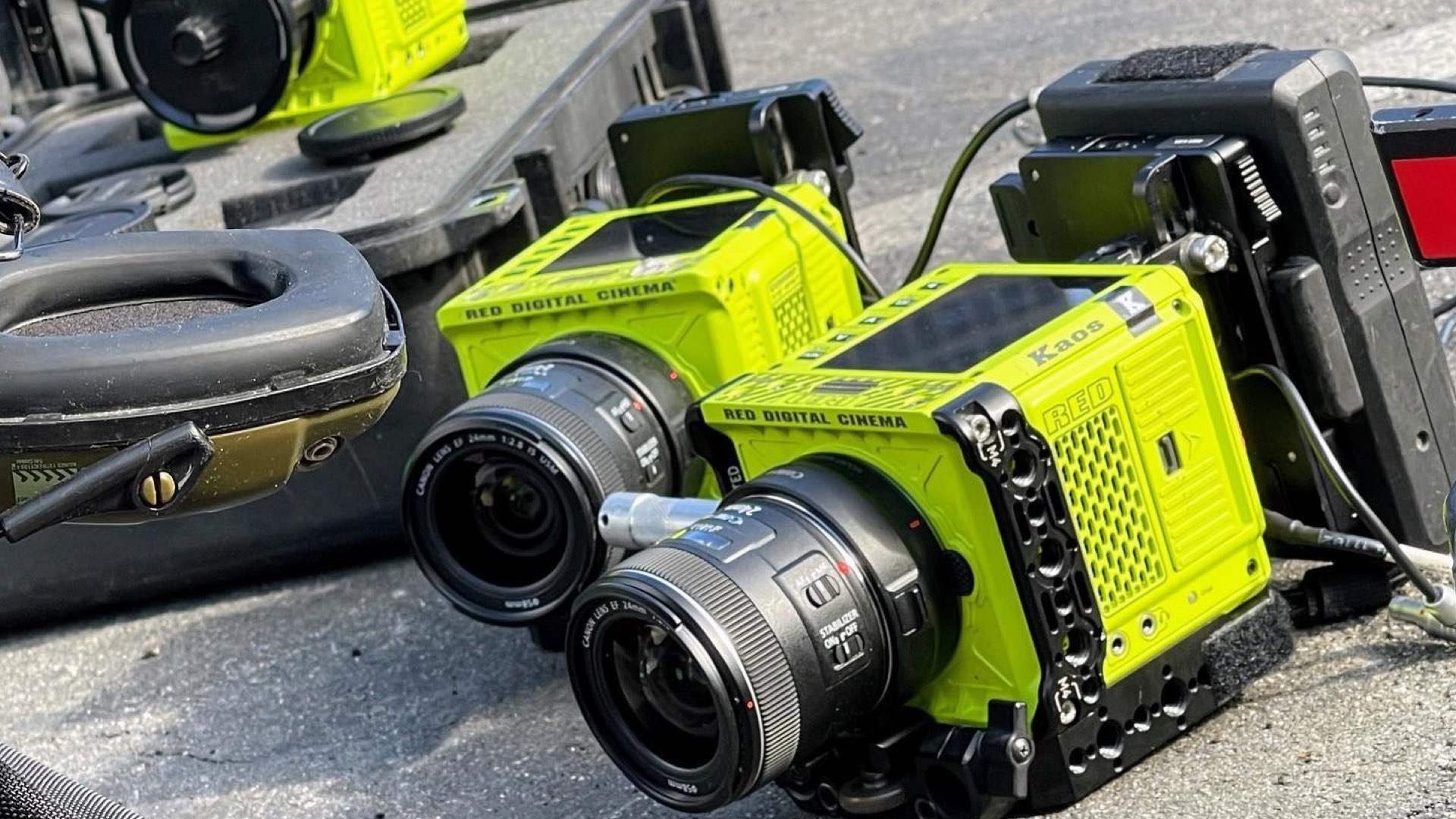
Migration from wavelet to discrete cosine transformation
REDCODE RAW is not tied to any particular image data compression technology. Since the development of the RED One, REDCODE has used a wavelet transform as part of the image compression. As the R3D SDK handles all decode duties, this has allowed RED to seamlessly update the nuances of the codec to compress the data more efficiently as the sensors have improved. Now RED has changed the compression transform from wavelet to discrete cosine transform (DCT). Although DCT is associated with JPEG, just like wavelet transform it takes spatial image data into the frequency domain allowing an efficient encoding of salient image data. Even with this change, the core philosophy and RAW recording of the R3D remain the same, giving users all the same benefits they’ve always enjoyed. Why the change? To apply a wavelet transform to an image, the whole image needs to be processed together. DCT breaks the image up into smaller blocks, so only a small part of the image needs to be processed together and reside in memory. The move to DCT allows for greater electronic efficiency in the compression with a reduction of electrical power requirements, with an attendant reduction in heat generated and an increase in battery life. Similarly, efficiencies can be made in the decoding of the compressed data in post-production.

Komodo (DSMC3) REDCODE
The first camera in RED’s lineup to take advantage of DCT is the RED Komodo 6K. The benefits of reduced power requirements thanks to DCT, lends itself perfectly to a camera like Komodo, where a small camera form factor is a top priority. This is yet another example of the flexibility of REDCODE to evolve as the needs of the camera change. As of November 2020, data rates for HQ, MQ, and LQ can be up to 280 MB/s, ~175MB/s, and ~110MB/s respectively with the camera settings at 6K 17:9, 23.98 FPS.
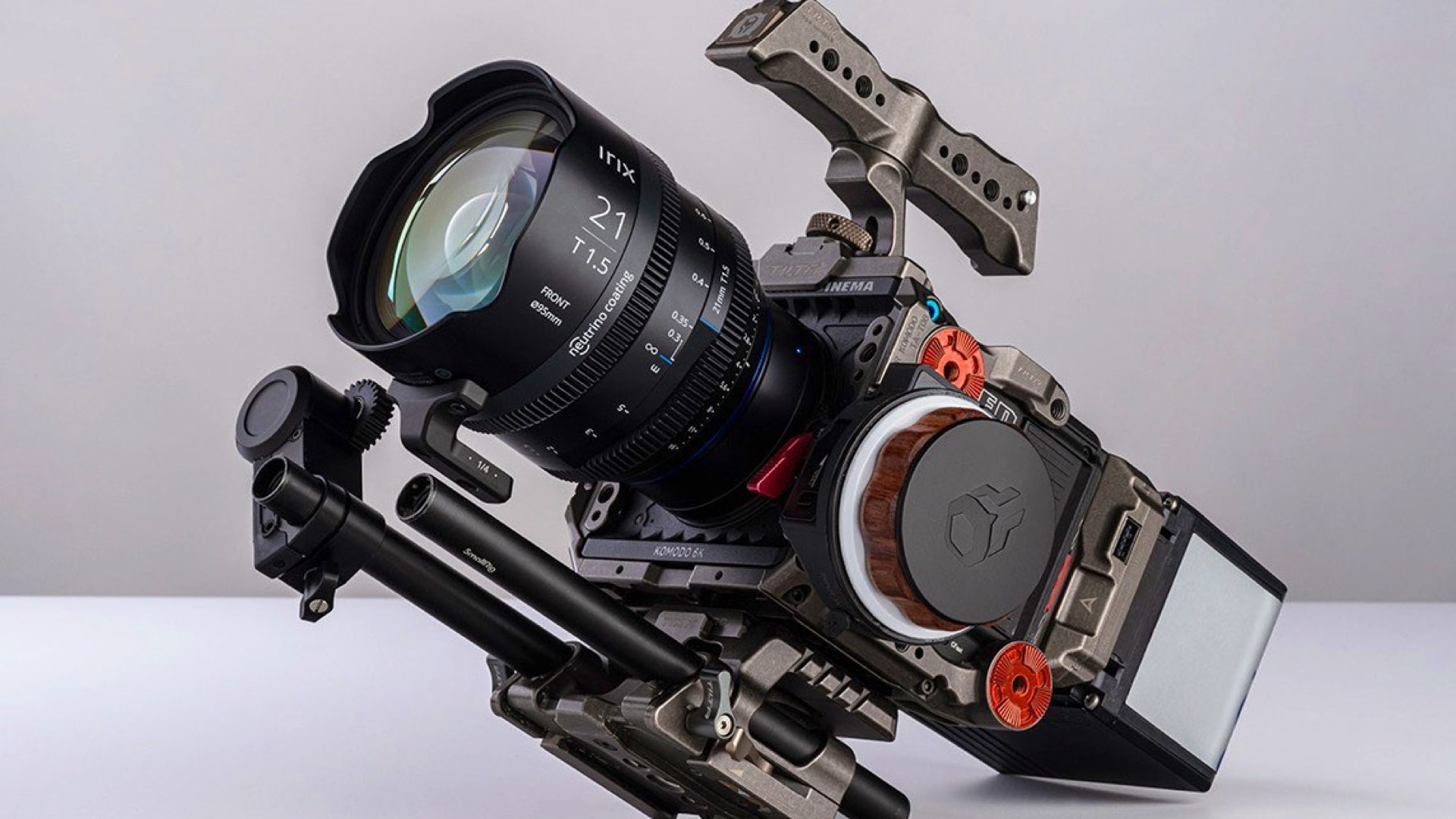
Summary
Although everyone is expecting that the patent of RED regarding compressed raw is going to expire in 2028, it seems that the technology keeps on evolving and being adapted to new generations of DSMC systems. By then, we believe RED is going to launch its DSMC4 cameras paired with further improved compression methodology. Moreover, it also appears that the patent is not interfering with, nor preventing other camera manufacturers to implement compressed raw internally as well (Nikon Z9, Sony VENICE 2, etc.). Anyway, as for now, the REDCODE RAW is one of the most efficient codecs that exist regarding freedom in post combined with low data rates and reduced power consumption.
Product List
Here’re the products mentioned in the article, and the links to purchase them from authorized dealers.
- RED Digital Cinema Komodo 6K

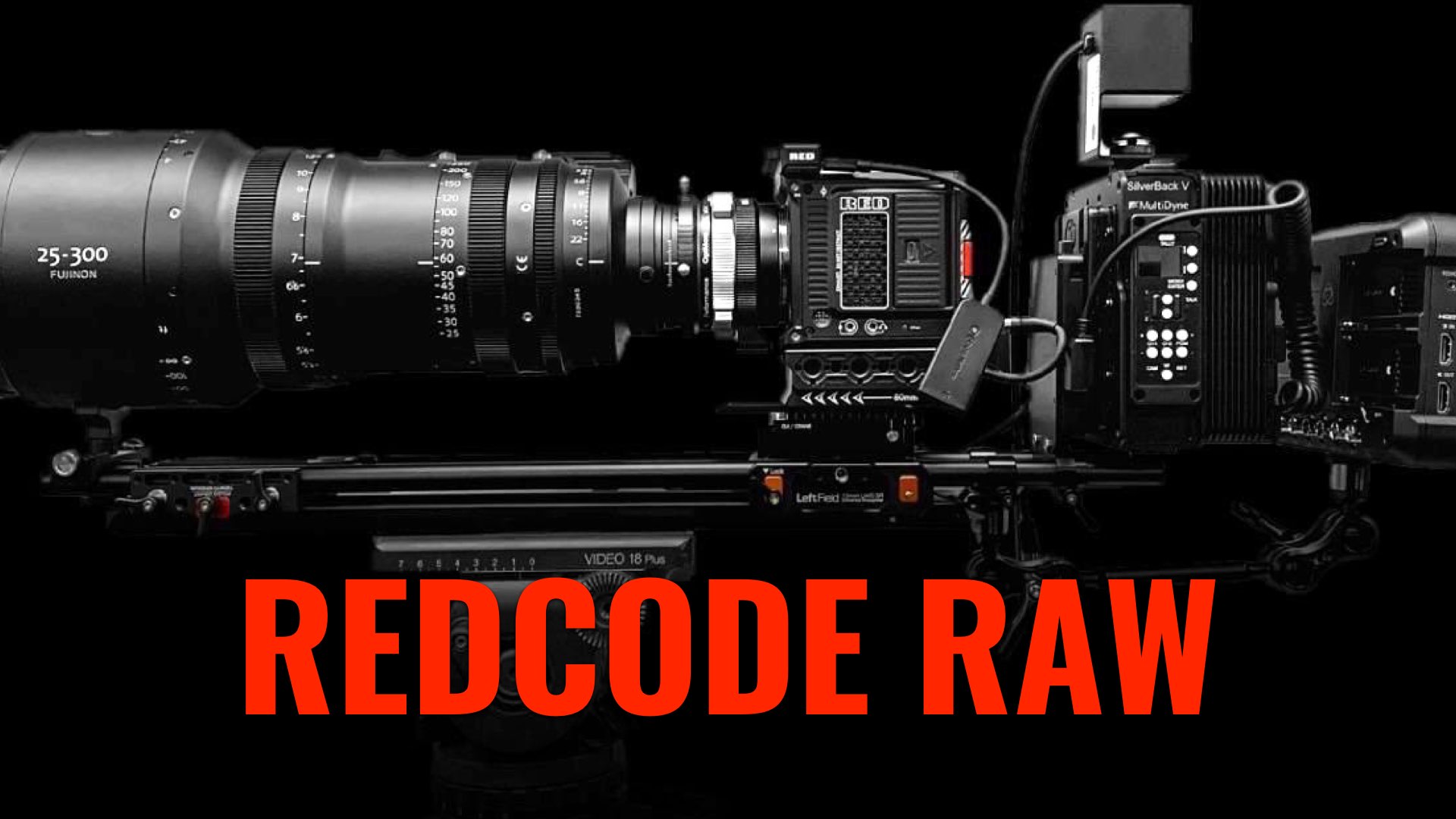
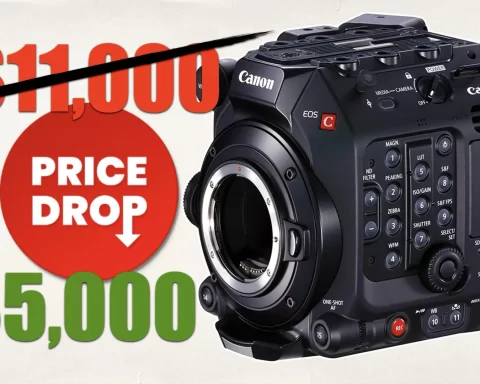

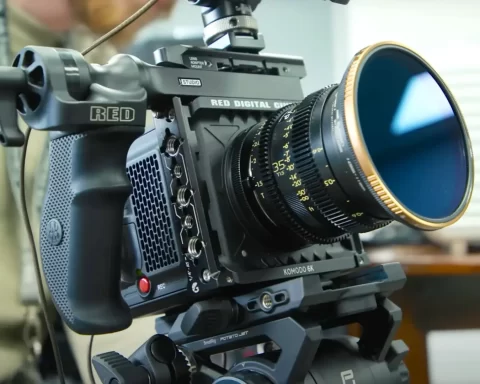
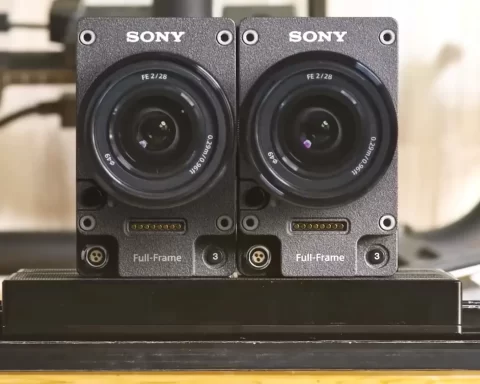

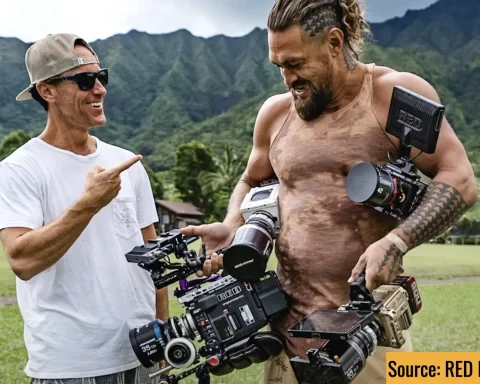

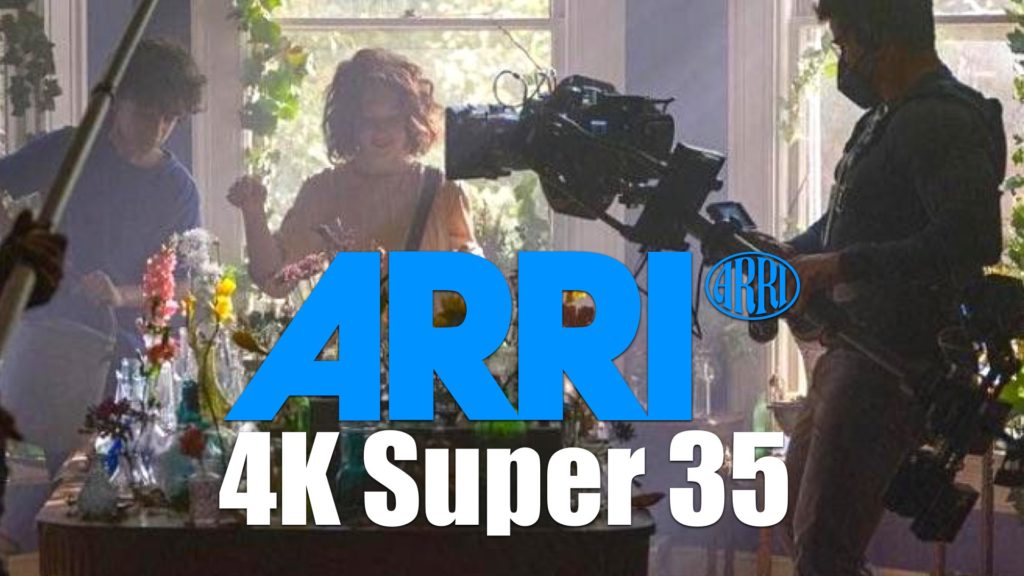
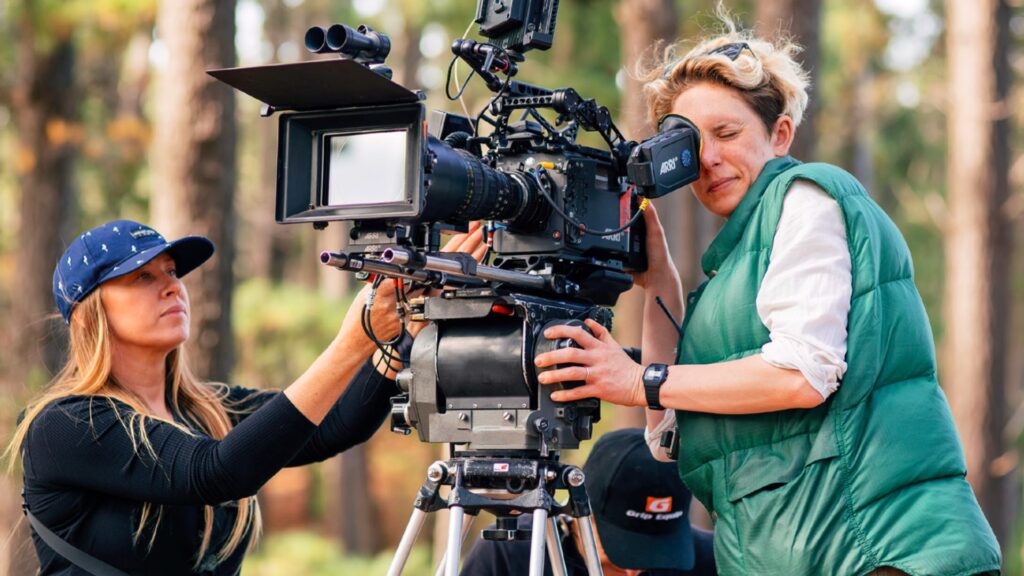





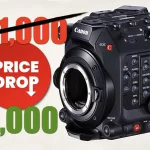
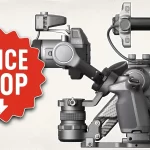
What a marketing bs, it’s JPEG2000 from Intopix…
Also tagging this as Educate instead of paid ad is kinda evil 🙂
Only an idiot unfamiliar with this site would accuse Yossy of being a shill for RED. And only a fool believes RedCode RAW is no different from Intopix.
RED filed a lawsuit against Nikon for patent infringement.
Right! Article here: https://ymcinema.com/2022/05/27/red-sues-nikon-over-infringement-of-compressed-raw-patents/